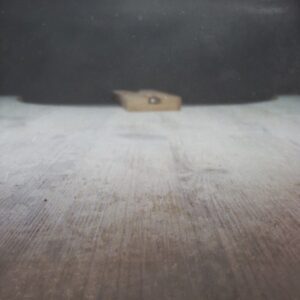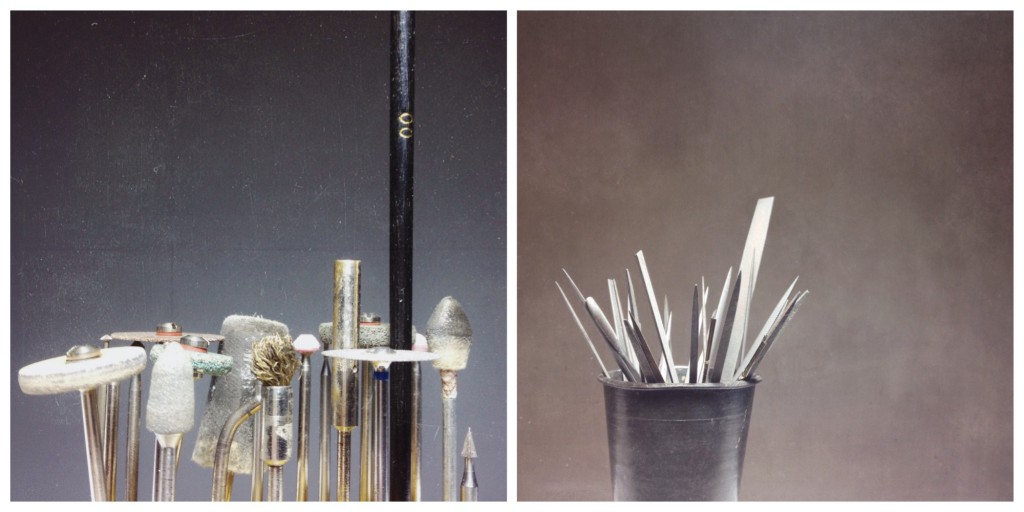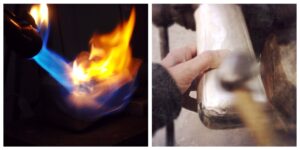Why photograph my workbench for 30 days?
 My intentions was to see my work and the way i work from the outside in, or at least from a different perspective. Put my work and my process in context, learn to photograph my process and communicate my passion and inspiration.
My intentions was to see my work and the way i work from the outside in, or at least from a different perspective. Put my work and my process in context, learn to photograph my process and communicate my passion and inspiration.
I was also hoping it would help me get my work out in a not-so-promotiony way, one that felt like me.
A pattern emerges
Something happens when you have to photograph the same subject for 30 days straight. After the novelty wears off, round about day 7-10, you’re forced to look closer, go deeper, be creative – and that’s when the magic happens and patterns start to emerge.
One pattern was exploring how to capture the movement of my hammer when planishing. I tried a lot of different kinds of apps, all with interesting results. (I only used my iPhone for photographing and editing. Here are a few of the apps I used: SlowShutter, iMotion, Afterlight, Snapseed and Mextures)
Another pattern was the close-ups and blur. Whenever I felt slightly vulnerable sharing what I was doing, a close-up or blur could create the right kind mystique, so I wasn’t letting it all hang out. Sharing work in progress can be – uhm, very scary, especially if it’s very early in the process. So by using close up or blur I could control what was revealed. But as the project rolled on, I got braver – I figured showing the part of a process that never gets to be more than a sketch or a model can be a valuable insight into how much time and effort designing and making really takes.
Lessons learned
I learned that I can show and teach a lot about my trade from photographing my process and work. It’s easy to get caught up in industry talk, or in this case industry images, but the camera helped me take a step back.
Too conceptual a photograph (me feeling too vulnerable to share early work in progress) – where too much blur or closeup is used, isn’t very, well clear, and often needs a lot of explaining, if it is to be educating. But for arty-entertaining or creating an interest in a new project it can be very useful, though.
I learned that taking photographs of my work could be more than just a daily share on Instagram. I started using it for product pictures for my online shop, too.
And last, but not least: I seriously need to switch off during the weekends.
All in all
I love photographing almost as much as I do making. I’ve always used photography for research of texture, form and function, but looking at my own process like this is new to me. Creating an image that communicates what it feels like to hammer or work with fire is as rewarding as actually doing it.
In Plain Sight is an online photo course led by Catherine Just. The brief is to choose a subject to photograph for 30 days straight. It’s not the first time I participate, and I’m sure it won’t be the last.




